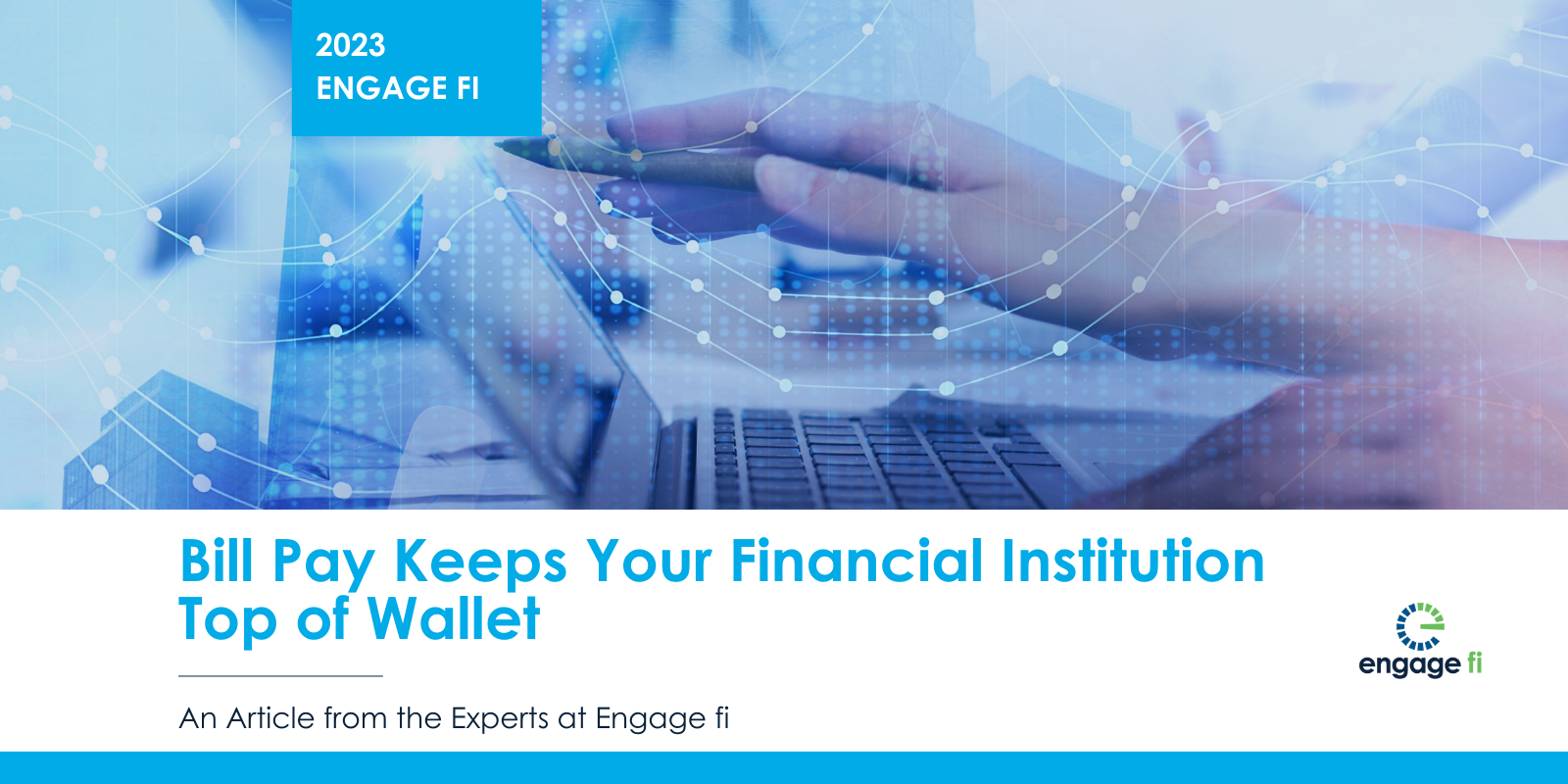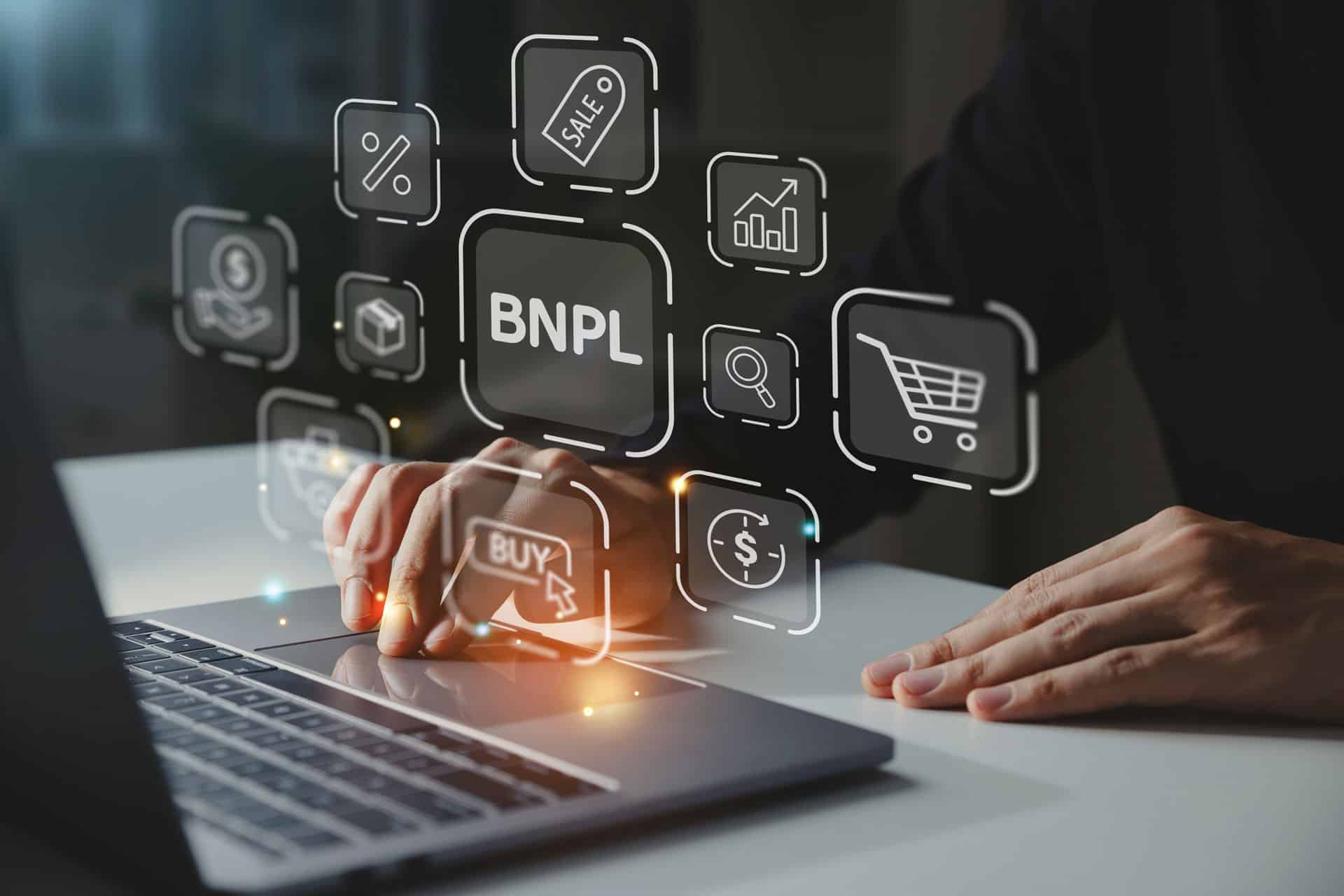Ready for Buy Now Pay Later? The Data Says You Should Be! Plus Three Vendors with Solutions to Help You Bring it to Life.
By Megan Cummins | Strategic Consultant |
3 min read
Vikki Wagner : May 11, 2023 2:44:26 PM

Making up 55% of the U.S. population, millennial and Gen Z individuals make almost every transaction with a credit card for the rewards or through digital channels for ease of use. They prefer to pay bills directly on their credit card’s website or – if really feeling flush with cash – set up auto-pay!
Get this: according to Deloitte, millennials and Gen Z account for nearly half (46%) of individuals currently employed in today’s labor force. What does this mean for you and your financial institution?
First, it means you must determine how to compete with the merchant apps and big banks by determining which bill pay model works best for your institution and your community. Then, you must effectively market your solution so you’re reaching your target demographic, which definitely includes millennials and Gen Z.
Bill pay is the prime opportunity to keep your financial institution top of wallet. If a consumer has bill pay set up, there’s a pretty good chance you’re their primary financial institution.
In the industry, we used to only see two settlement models. However, the ever-changing payments landscape has given rise to a third model.
This model guarantees the consumer has the funds necessary to make the payment before you, their financial institution, pay the merchant on their behalf.
Pros:
Cons:
This model means you’re taking a risk on customers by trusting they have the funds in their accounts to pay the bills they set up.
Pros:
Cons:
This bill payment model came about recently thanks to some new players in the market. With this model, a bill pay provider establishes a holding account at your institution with a connection to the core. At the end of each day, or through a real-time payments API, the bill pay provider submits a file for all the payments scheduled the following day. The settlement account acts as a middleman for payments made to a merchant while handling reversals and returns.
Pros:
Cons:
I know that all the individual elements of the payments landscape are confusing on their own. It gets even crazier when we start talking APIs, real-time payments, and any other buzzword you can find on your vendor presentation bingo card. Our goal is to make things easy for you to understand so you can make the best possible decision for your institution and more importantly, your customers.
For more information about bill pay, reach out to the experts at Engage fi today!

By Megan Cummins | Strategic Consultant |

Not too long ago, online banking was still considered an add-on service to physical locations. But we have reached the point with many customers...
By Les Anderson